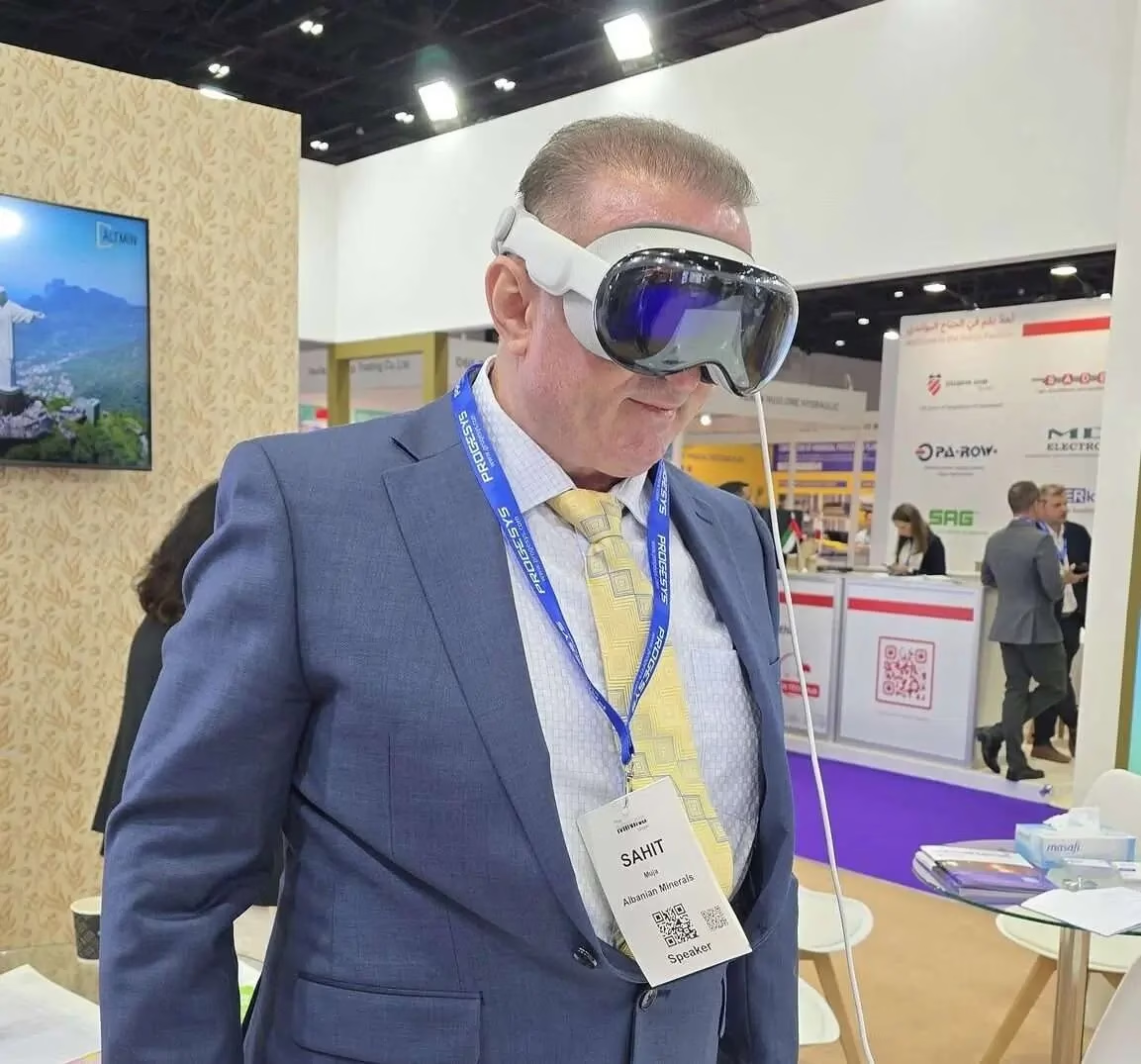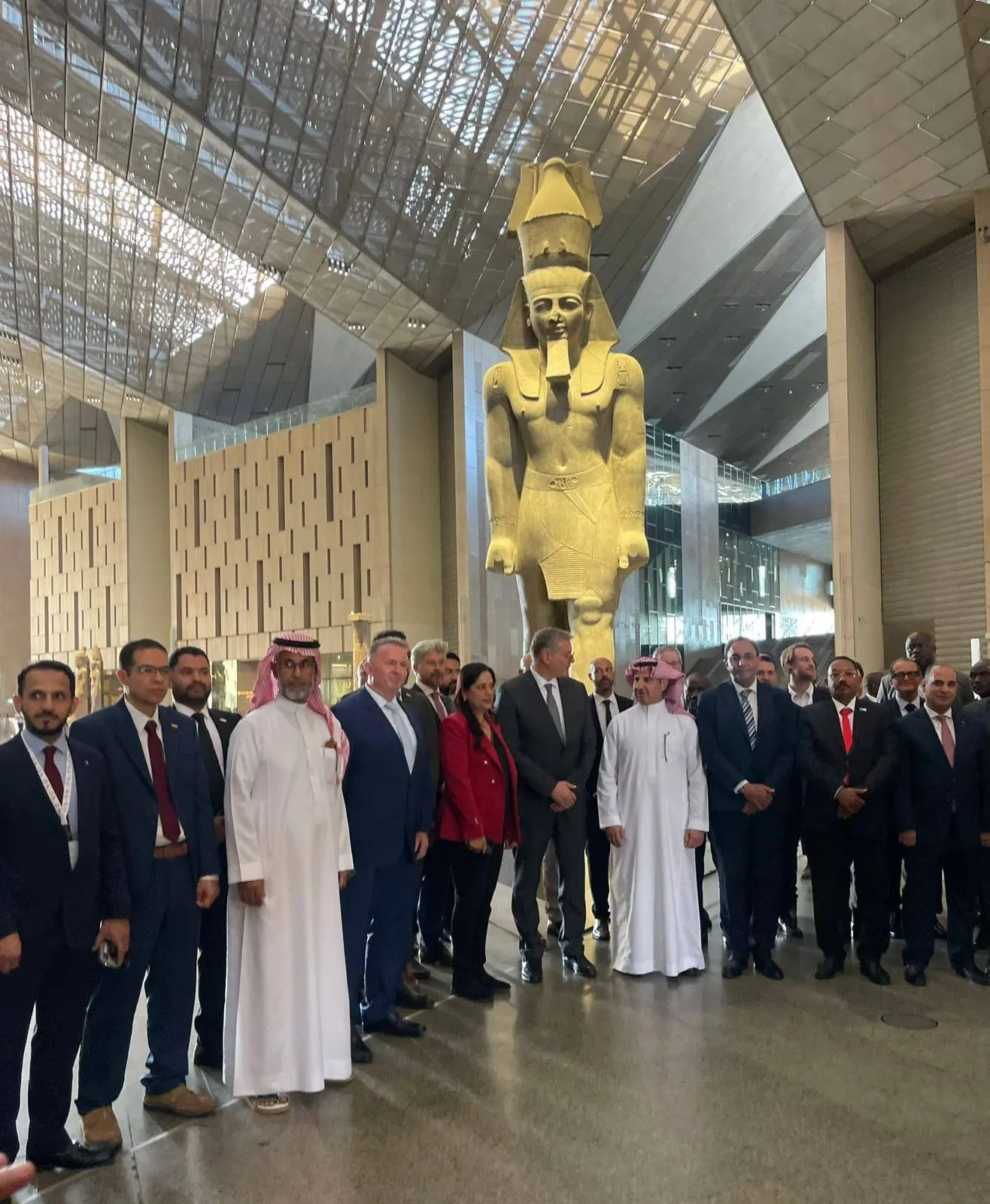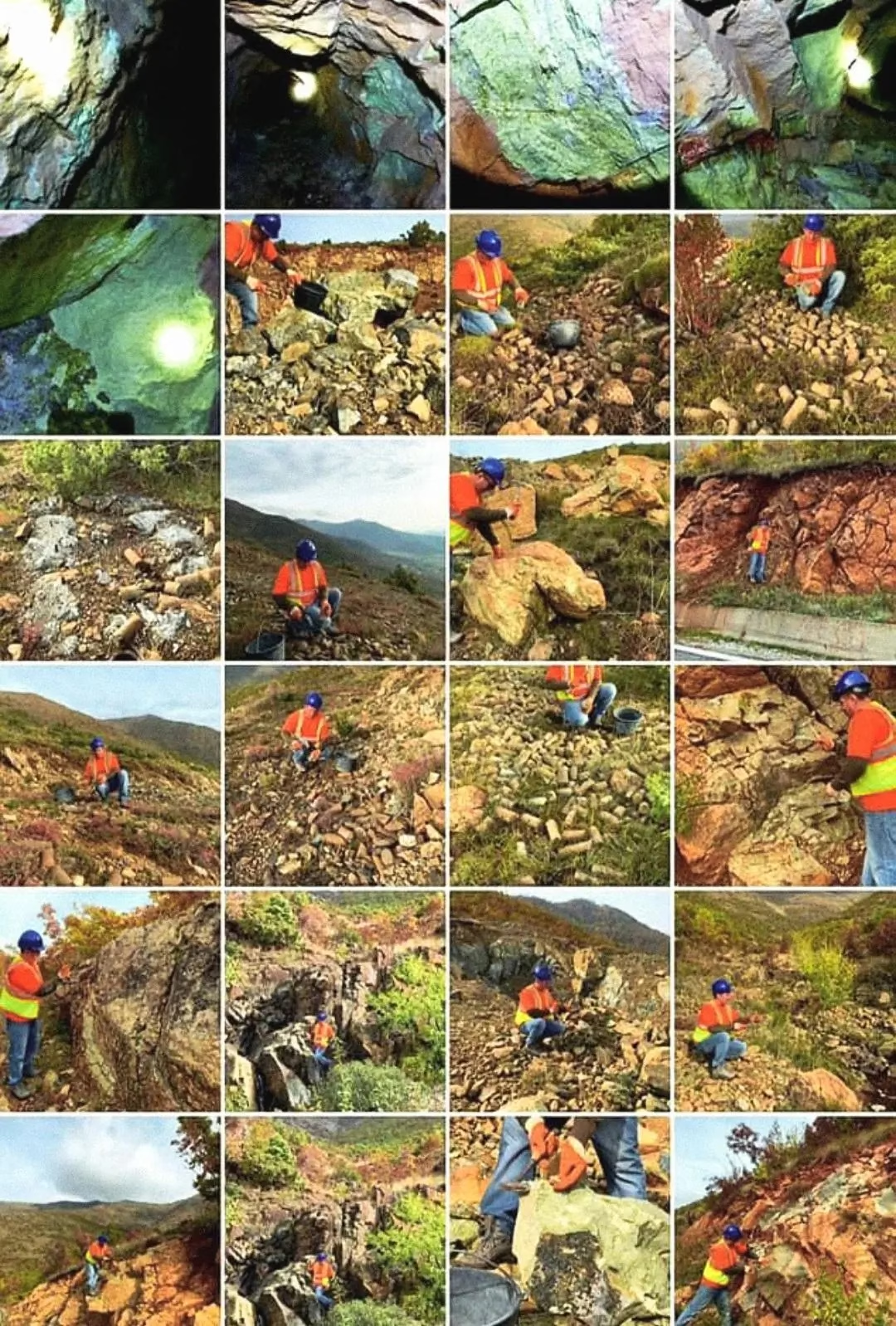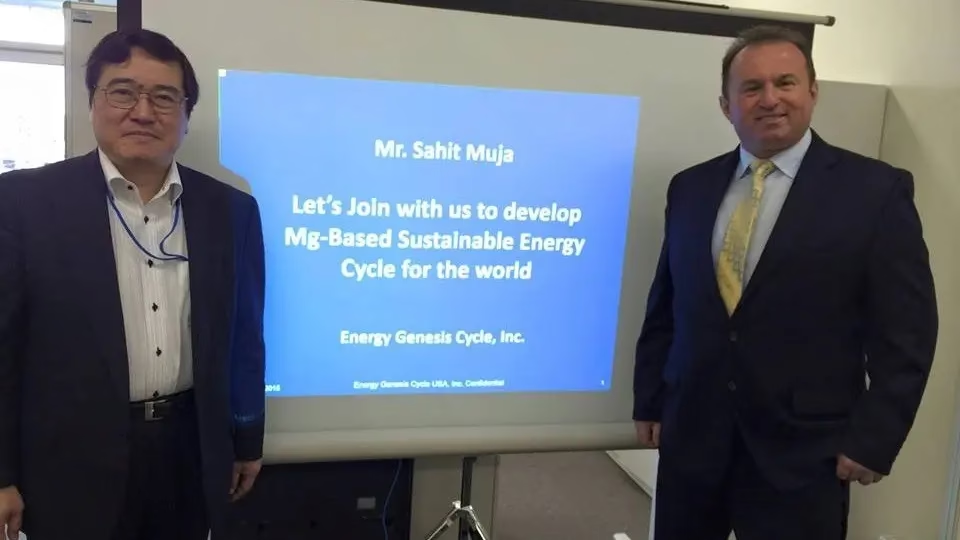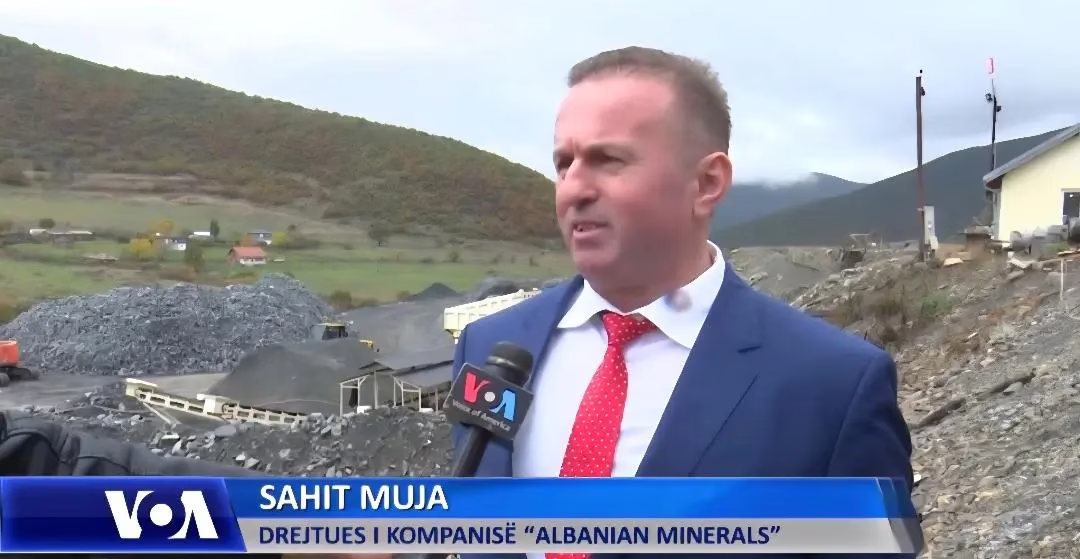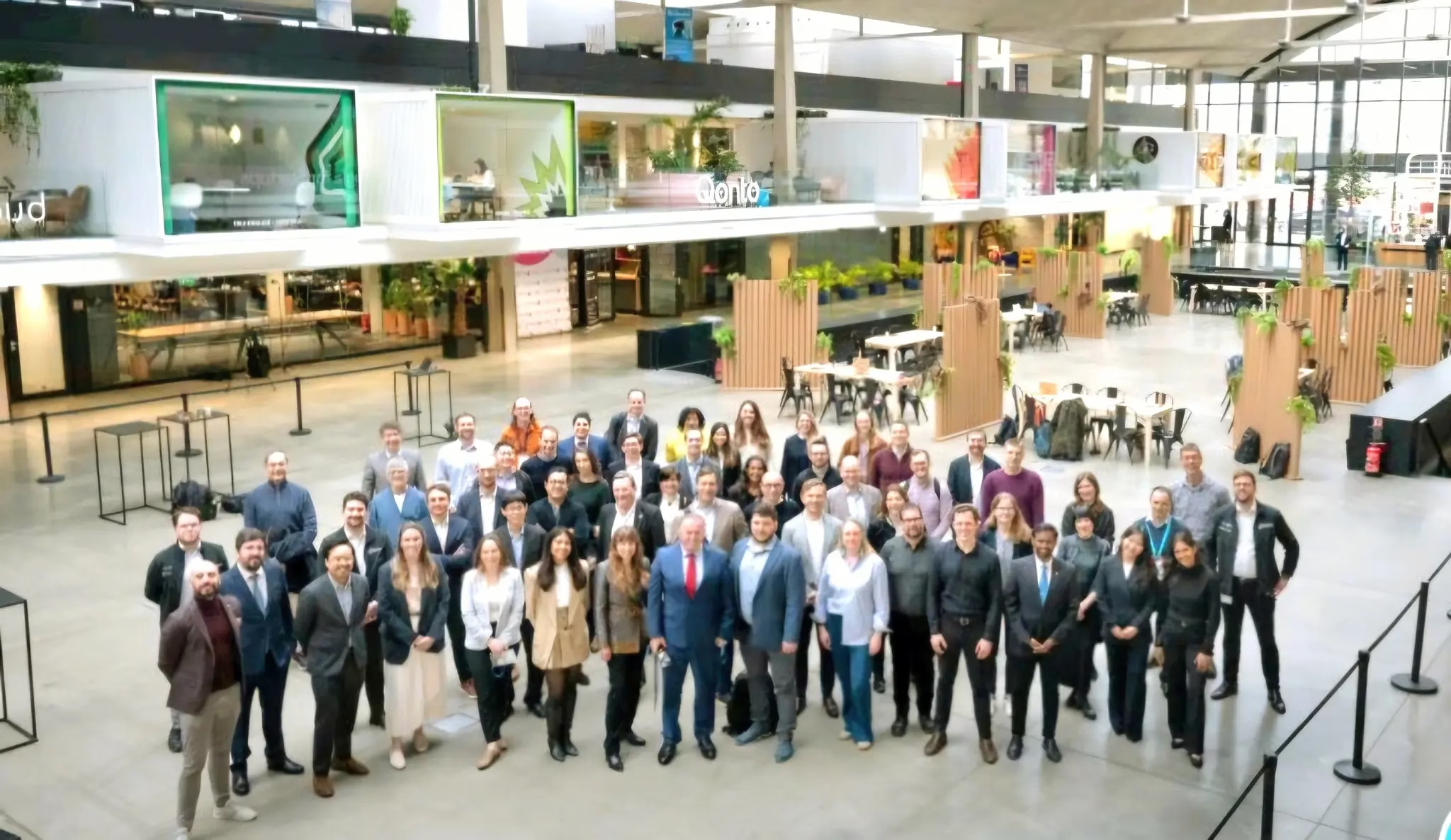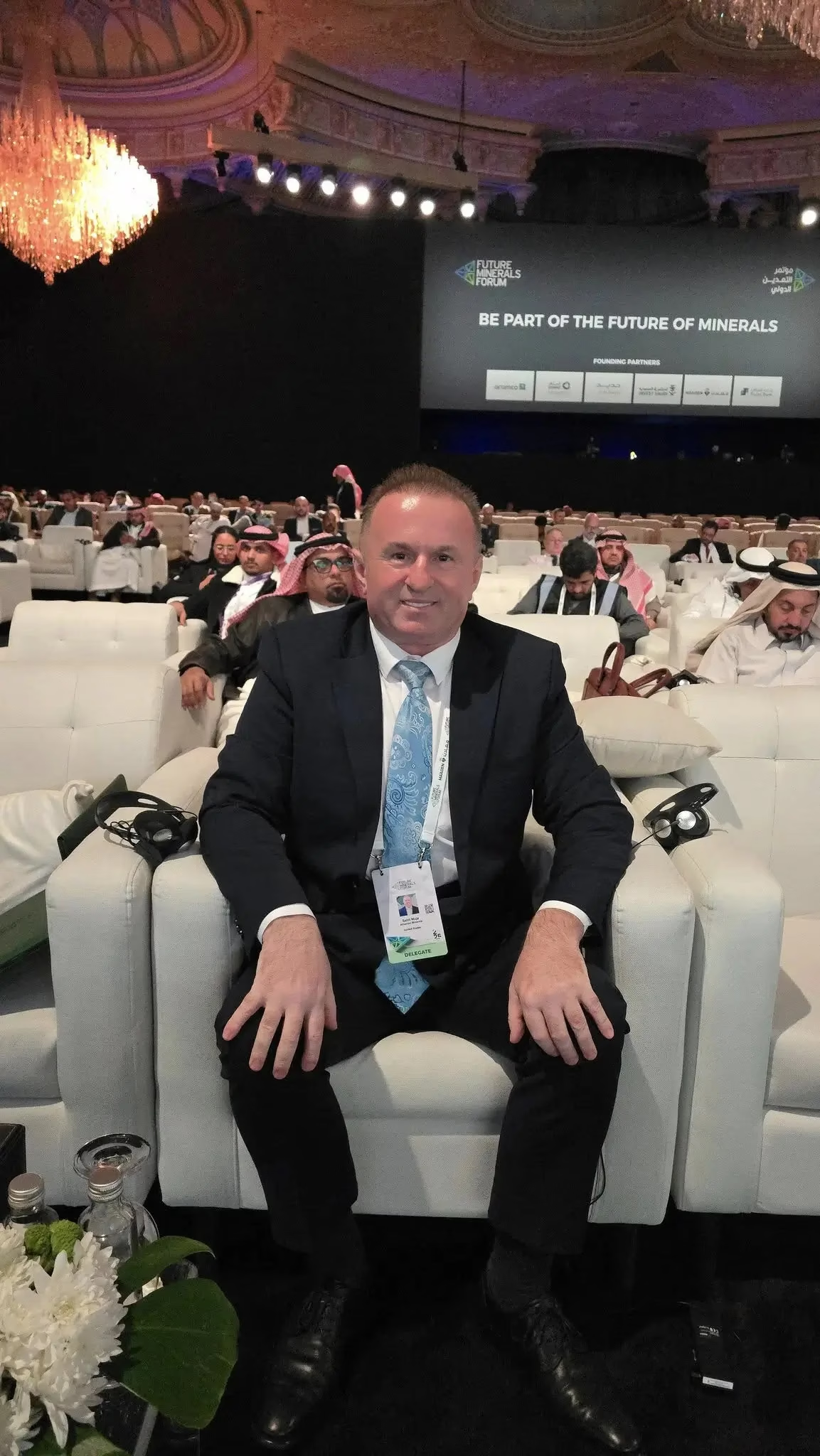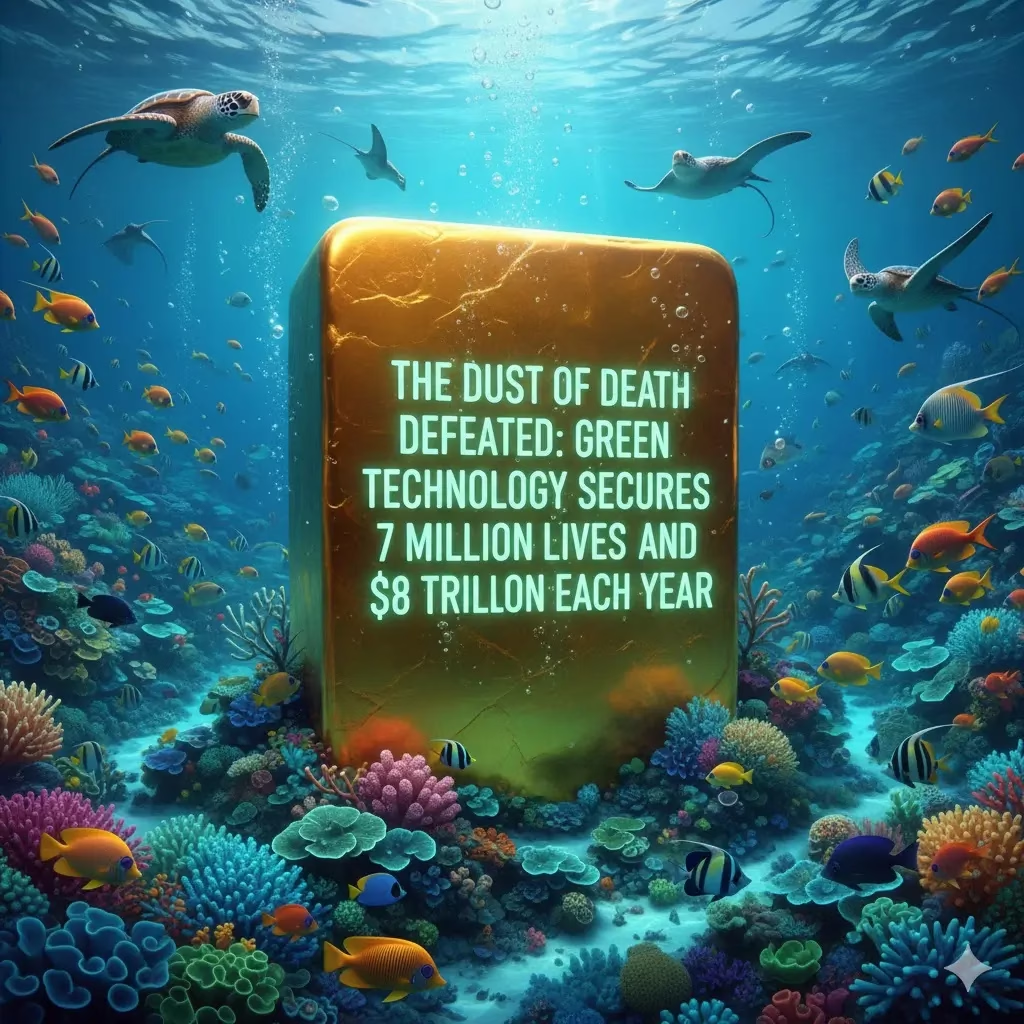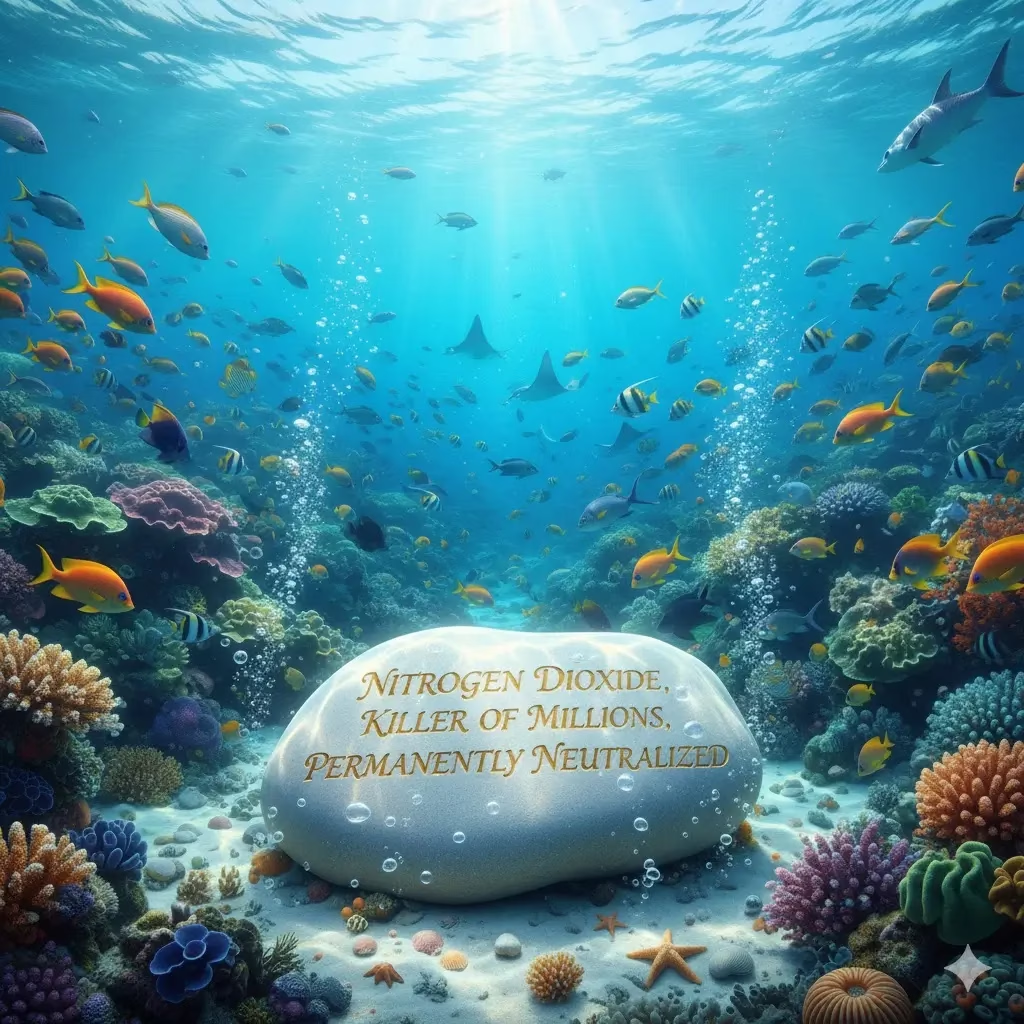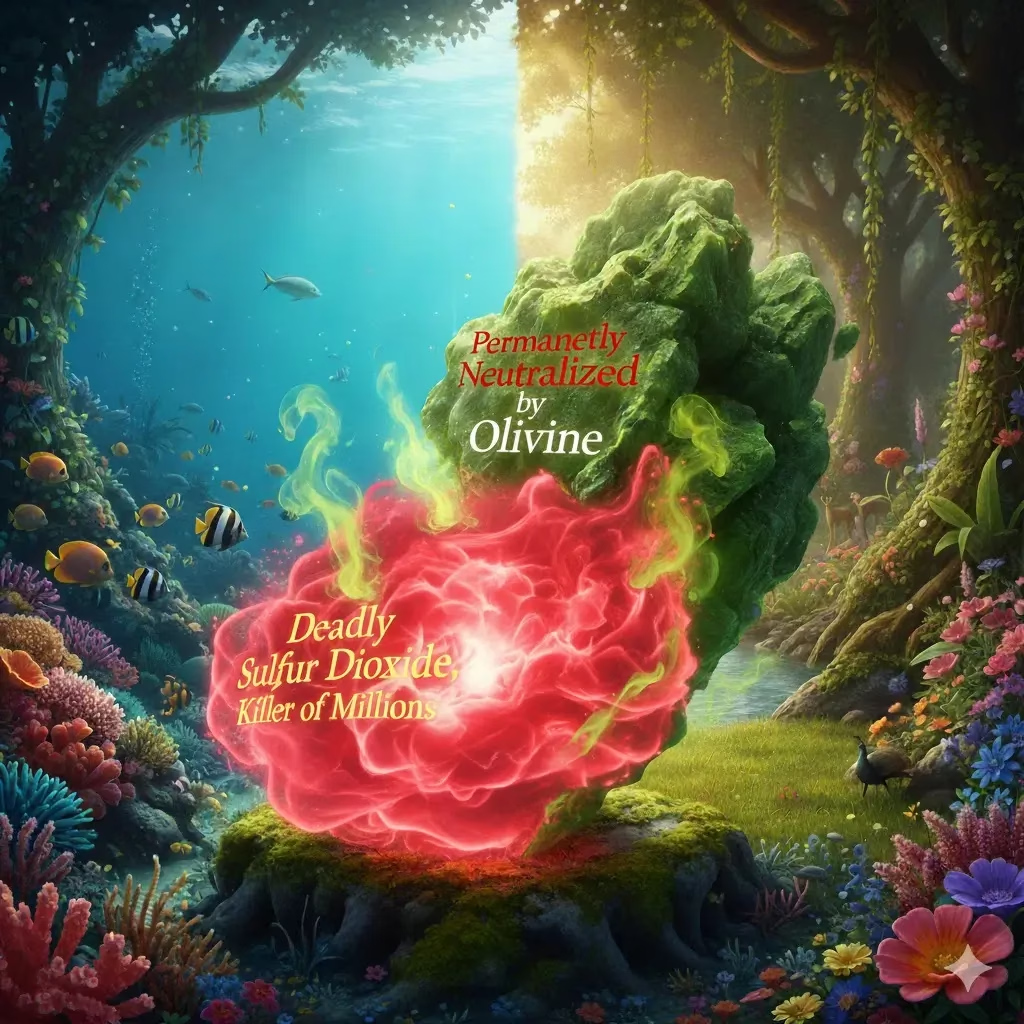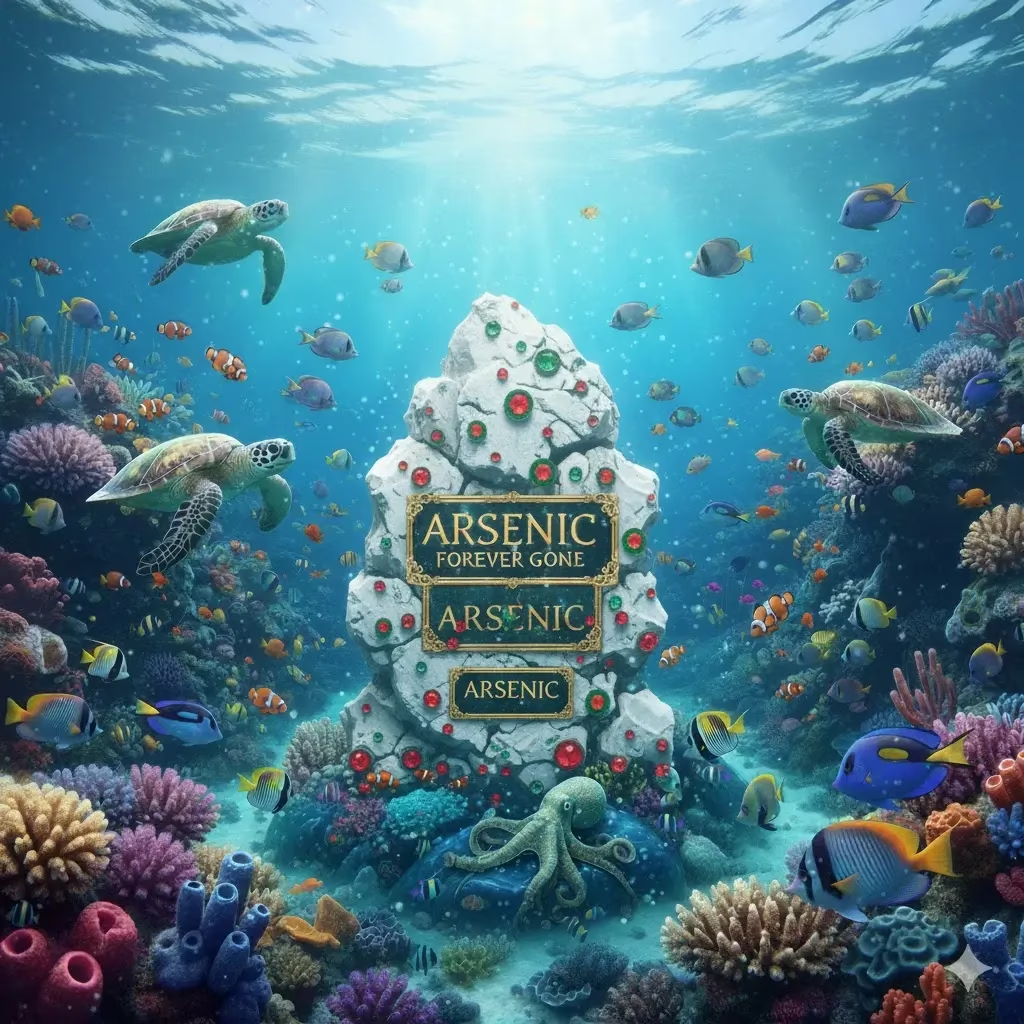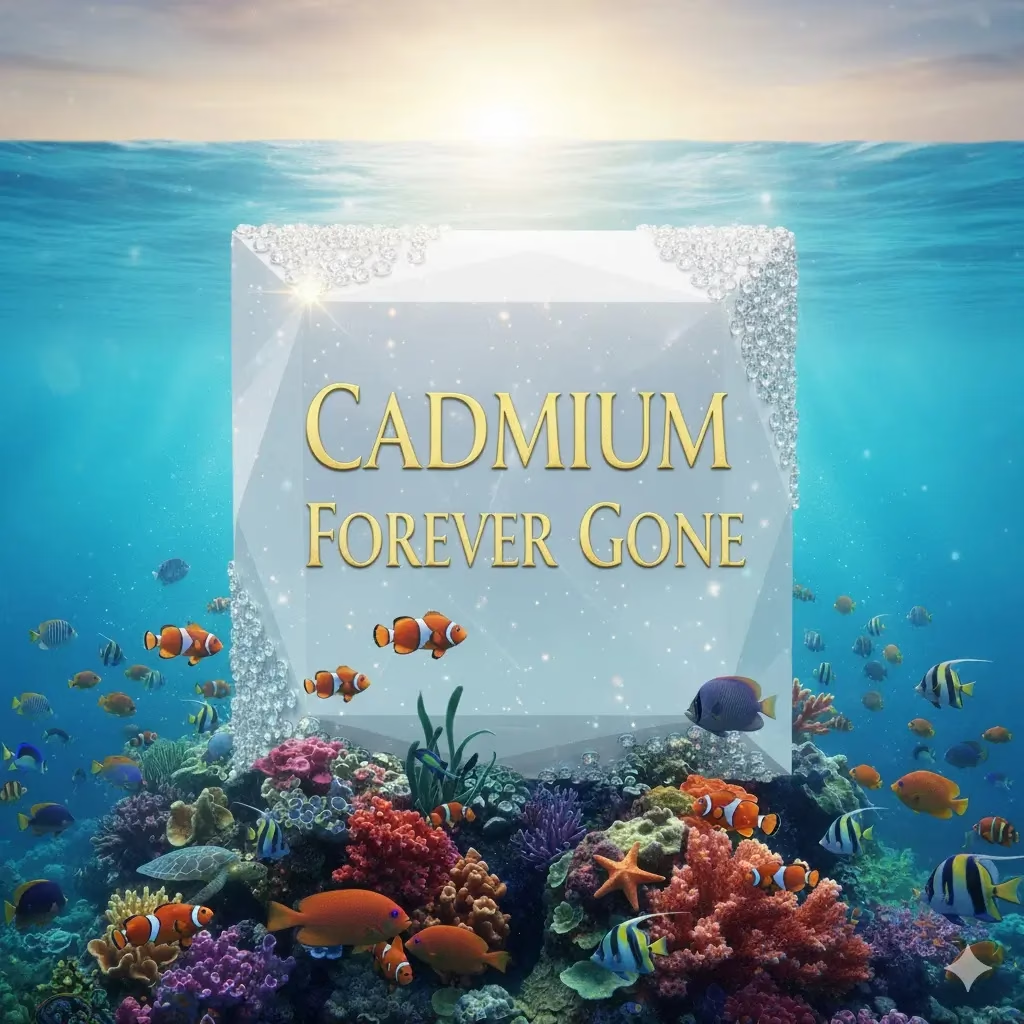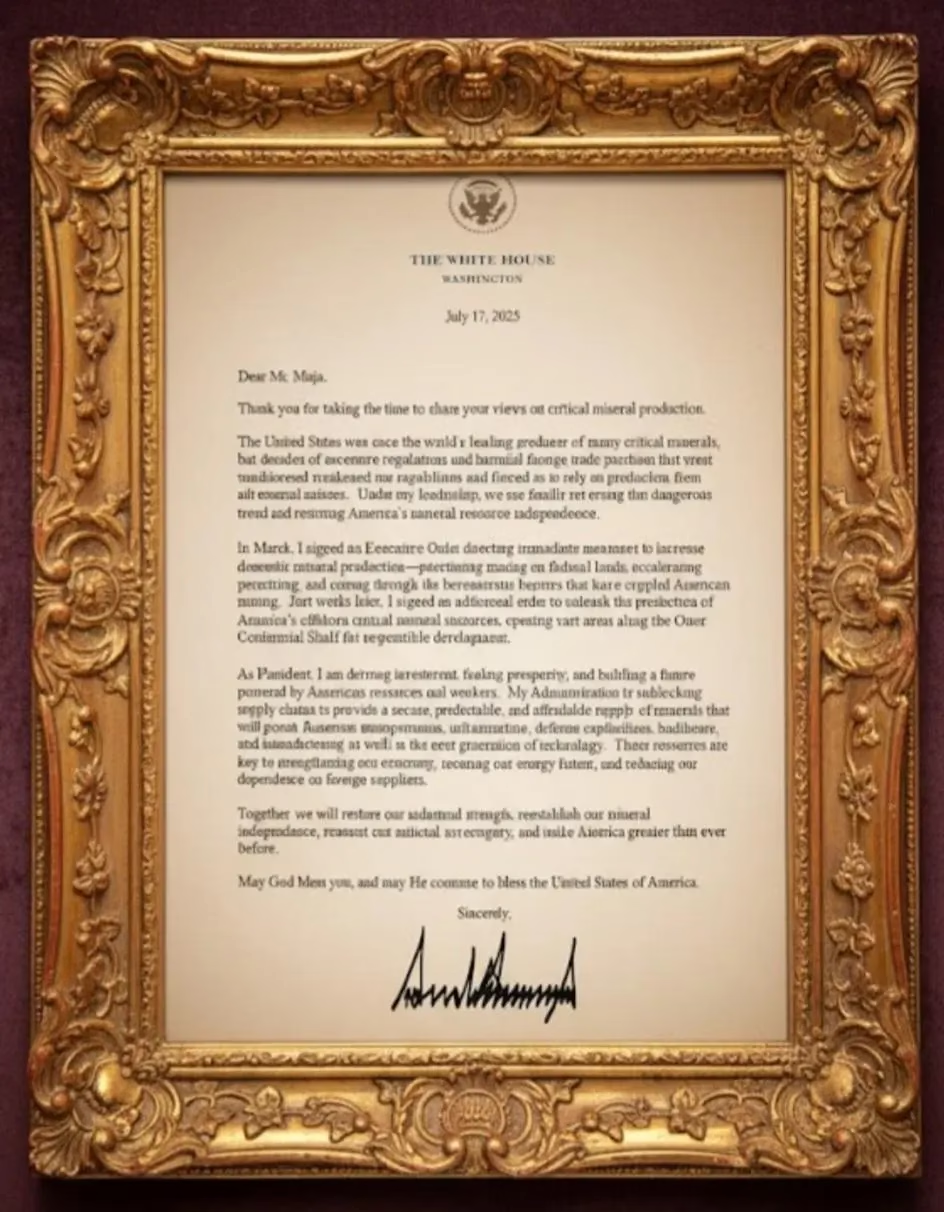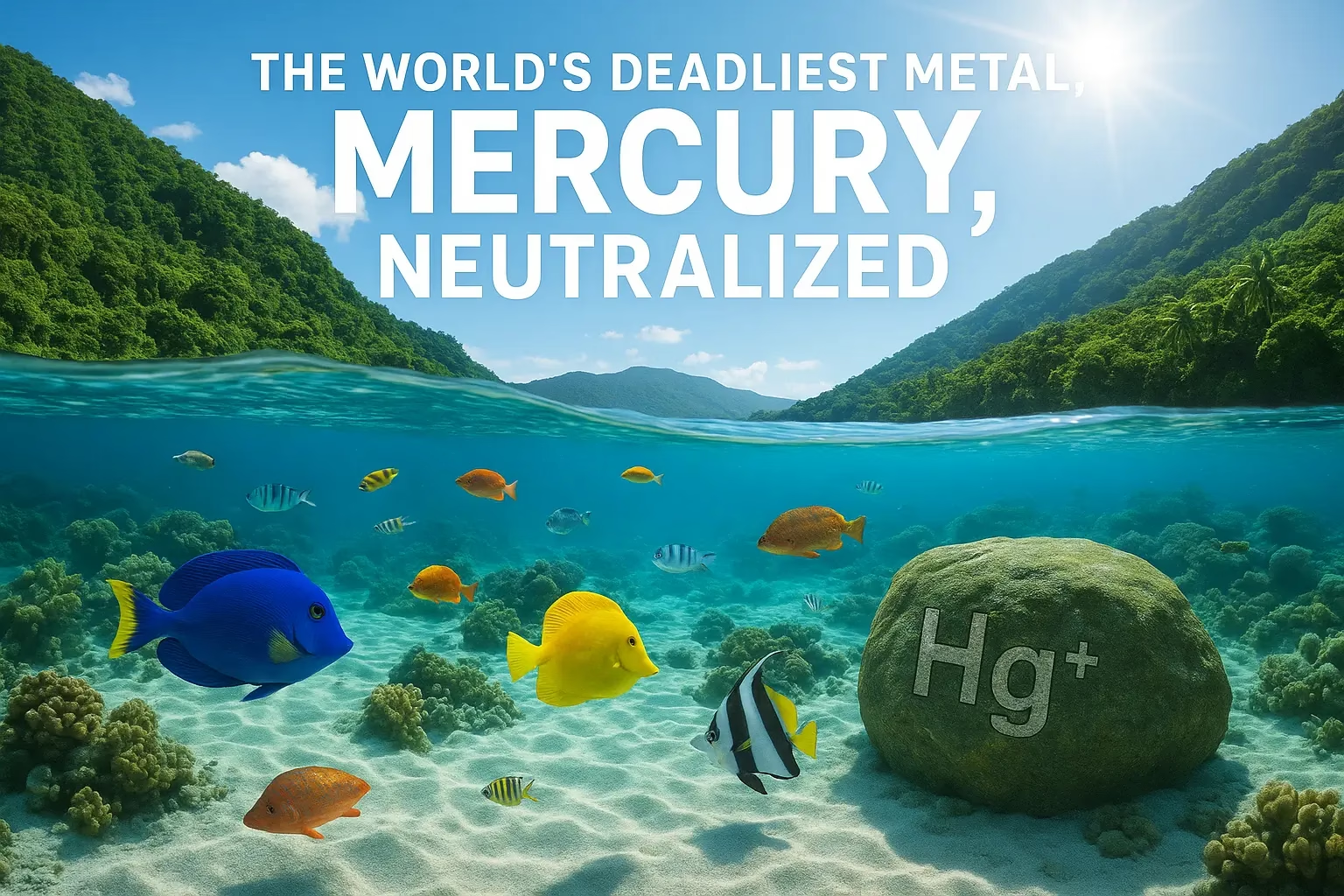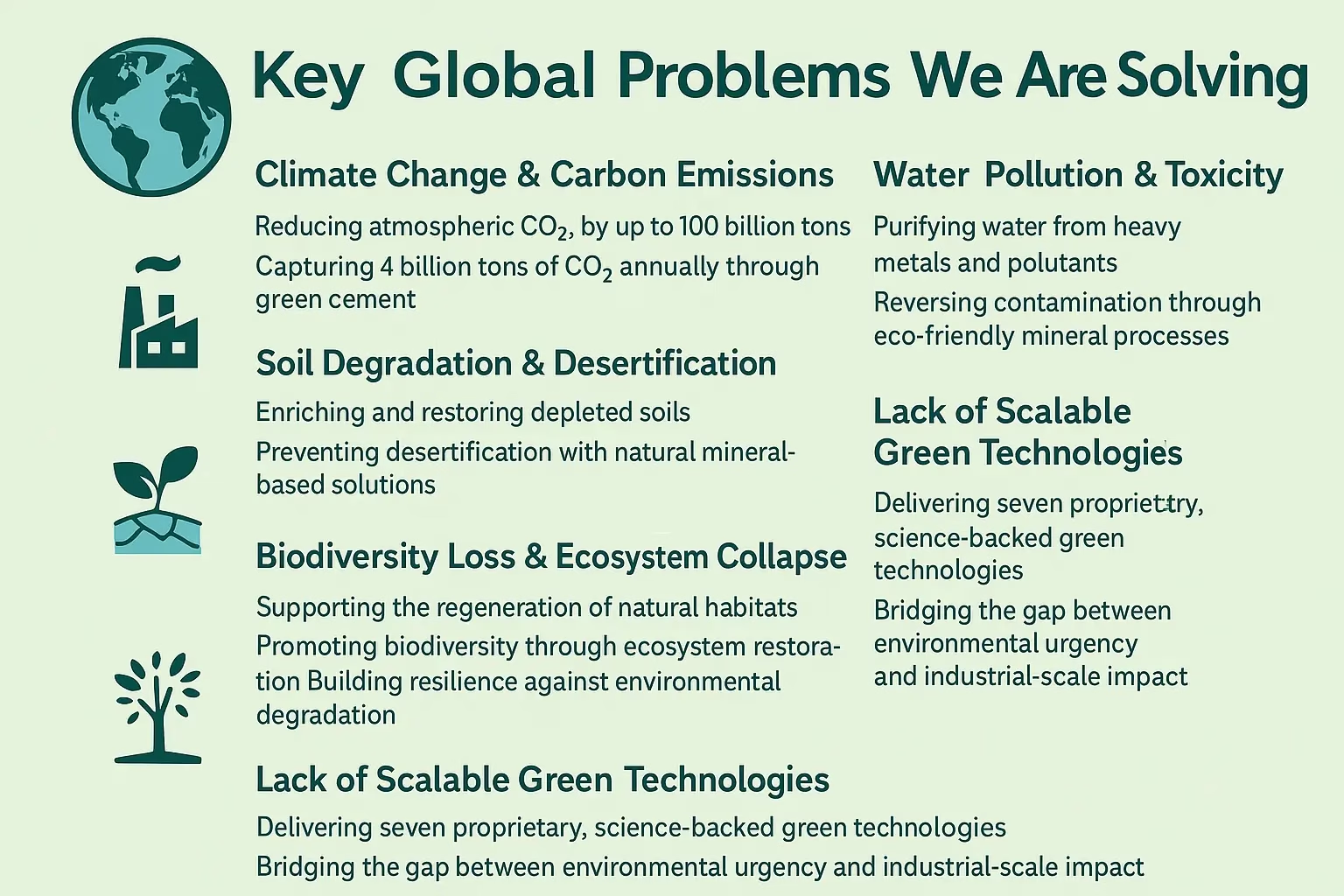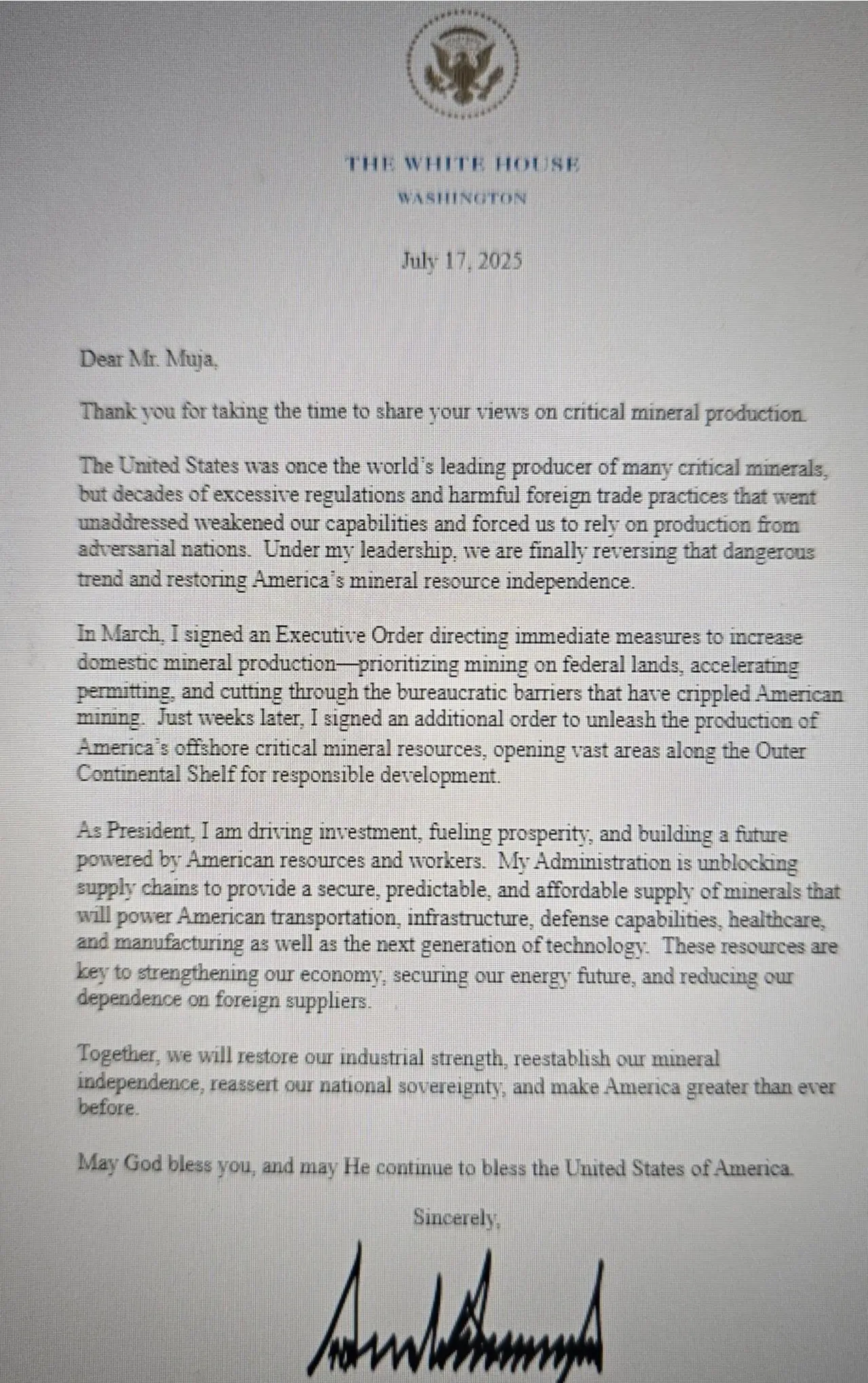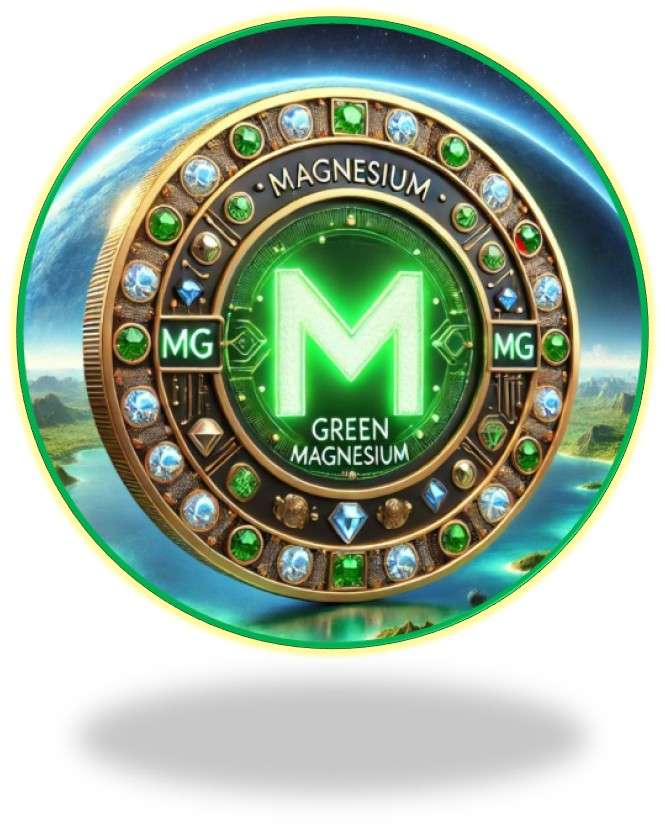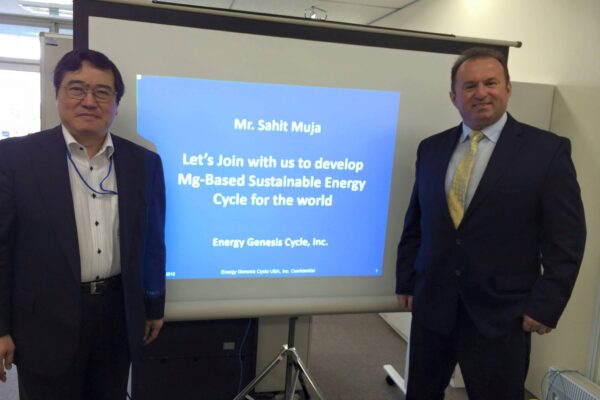
In a recent paradigm-shifting inquiry by Tokyo University, magnesium emerges as an auspicious candidate to undertake the pivotal role of an energy carrier in the realm of next-generation batteries, potentially eclipsing the ubiquitous lithium-ion batteries. The meticulous endeavors of the Tokyo University team coalesced around a pioneering cathode material distinguished by its spinel structure. Through exhaustive characterization and electrochemical performance experiments, they have discerned a specific composition that holds the latent ability to unveil high-performance magnesium rechargeable batteries.
Professor Yasushi Idemoto, helming the research team at the Tokyo University of Science, elucidates, “The particularly steadfast crystal structure, coupled with a substantial charge compensation by vanadium, precipitates the superior charge-discharge properties we have observed.” He augments these insights by asserting that their findings posit “Mg1.33V1.57Mn0.1O4 as a plausible cathode material for magnesium rechargeable batteries.”
This nascent compound, if further developed, could prove to be an ostensibly safer, more cost-effective, and inherently more efficient alternative to lithium-ion batteries. Professor Idemoto underscores the imperative for additional research and development, imbued with optimism that “magnesium batteries possess the potential to outstrip lithium-ion batteries, courtesy of their higher energy density.”
Concomitantly, in a synchronously groundbreaking revelation, scientists at the University of Hong Kong have unveiled a revolutionary rechargeable aqueous magnesium battery, proffering an eco-friendly, secure, and economically viable energy alternative. This breakthrough widens the horizons of post-lithium-ion battery development, featuring a magnesium metal anode that exhibits exemplary rechargeability and performance under rigorous testing.
Professor Dennis Leung, spearheading the research from the Department of Mechanical Engineering at HKU, remarks, “Endowed with a high theoretical capacity and a negative electrochemical potential, magnesium stands as an appealing anode material. Furthermore, magnesium is non-toxic and abundantly available on Earth.”
Sahit Muja, the luminary CEO of Albanian Minerals based in the metropolis of New York, perceives magnesium as the linchpin for an emerging green future. Orchestrating collaborations with preeminent scientists globally, the company envisions leveraging its colossal reserves exceeding 100 billion tons—the world’s preeminent and highest-quality magnesium resource. Muja heralds this development as momentous news for the battery industry.
“Magnesium, with its unparalleled strength and lightweight alloys, is effecting a revolution across global industries,” Muja avows. He accentuates the aerospace industry’s longstanding affinity for magnesium, extolling its propitious attributes for weight reduction in various industrial applications.
Muja, with palpable anticipation, underscores the forthcoming surge in investments across green technologies—ranging from batteries and energy storage to the automotive and mobility markets, wind power, solar, hydro power, and green hydrogen. The burgeoning demand for metals and minerals in these sectors is poised to ascend during this epochal green transition. Albanian Minerals, steadfast in its mission, aspires to shape a greener future guided by principles that espouse a superior world for posterity.
According to Muja, “Global investments in renewable energy necessitate an unwavering focus on developing mineral resources to navigate the terrain of sustainability and energy initiatives. Metals are pivotal in maintaining ascendancy in market trajectories. To consummate the green energy transition, strategic investments in discovering and cultivating green minerals—a cadre of alternative energy sources that are not only clean but also accessible, affordable, and sustainable—become imperative.”




